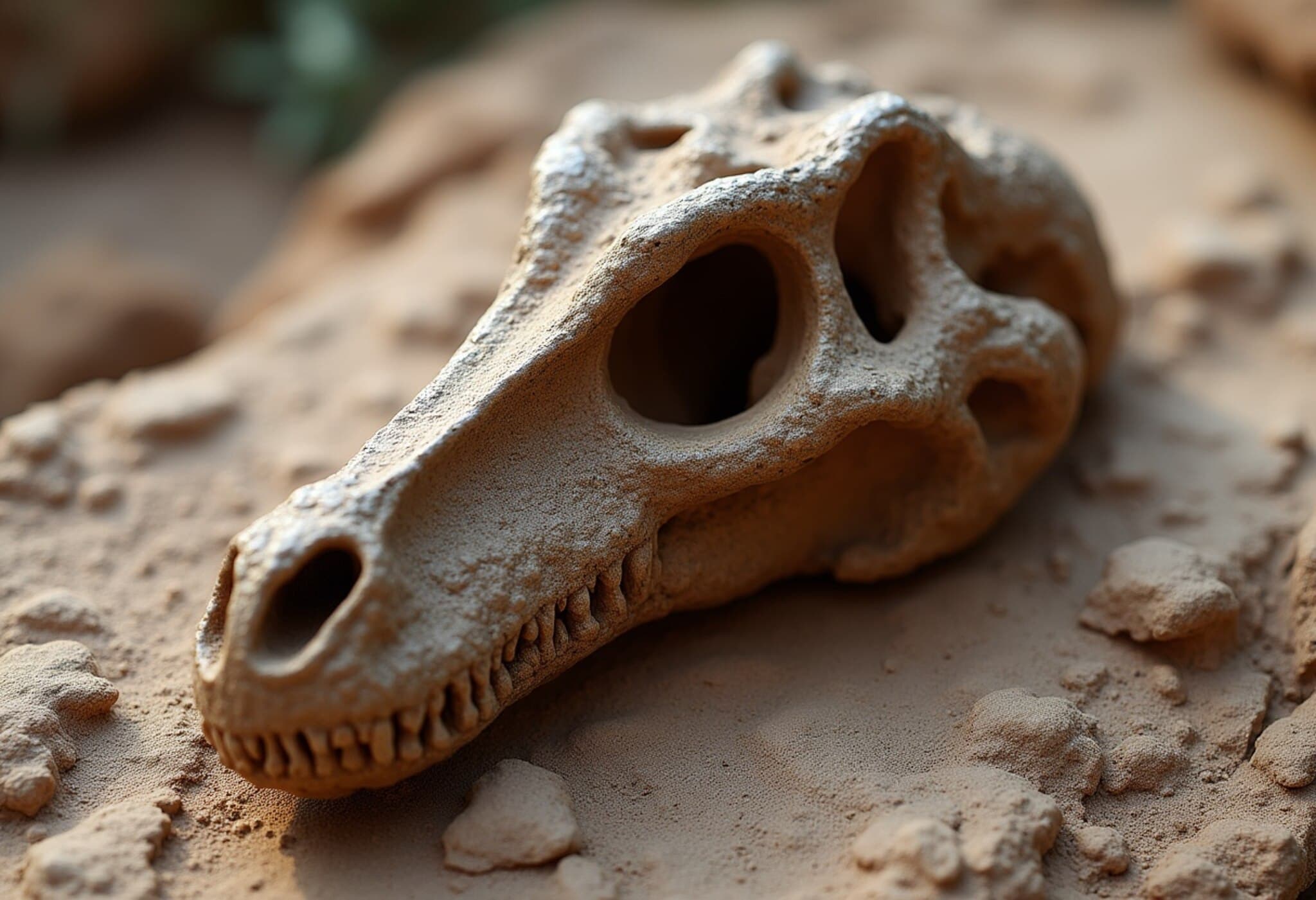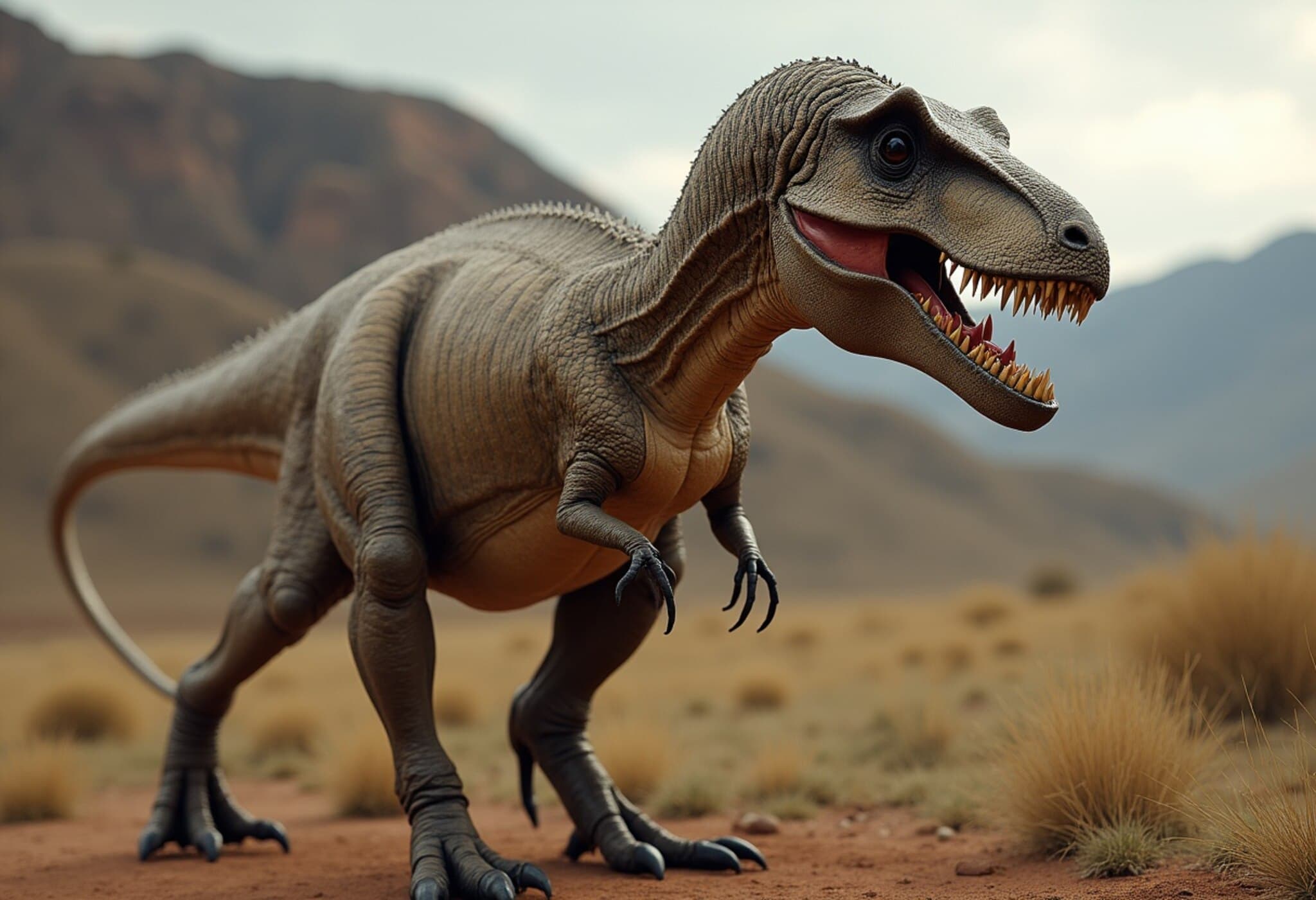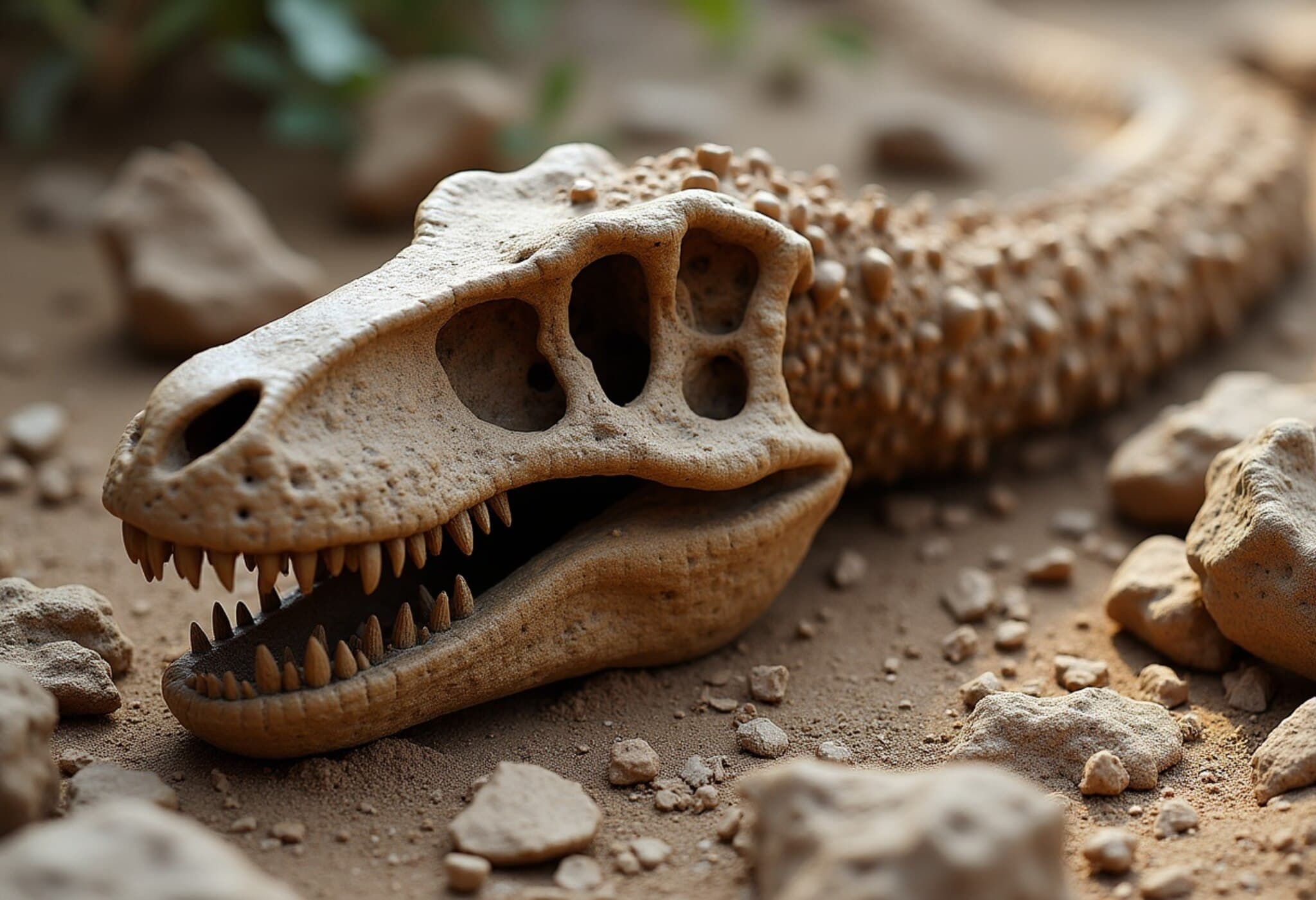A Surprising Peek into Denver’s Prehistoric Past
In an unexpected twist that bridges modern life with the distant past, scientists at the Denver Museum of Nature & Science have uncovered a rare dinosaur fossil just beneath the museum’s parking lot. This extraordinary find, announced on July 9, 2025, wasn’t the result of a traditional excavation but rather a routine core drilling operation initiated earlier this year to explore geothermal energy possibilities.
The Fossil Discovery: A Vertebra from the Late Cretaceous
While extracting a cylindrical core of rock from approximately 760 feet underground, researchers stumbled upon a fossilized vertebra measuring roughly 2.5 inches across. This vertebra is estimated to belong to an ornithopod—a group of herbivorous, bipedal dinosaurs that includes the well-known duck-billed hadrosaurs.
Dating back over 67 million years, this specimen is considered the deepest and oldest dinosaur fossil documented within Denver’s city limits. Dr. James Hagadorn, curator of geology at the museum, remarked, “We were aware of dinosaurs roaming nearby regions like Colorado and Wyoming, but this find confirms that they were right here, in Denver itself.” The precise species remains unidentified, but the discovery enriches understanding of the prehistoric ecosystem that once thrived under what is now a bustling urban area.
Unveiling the Fossil to the Public
The museum, which boasts a vast collection of approximately 115,000 fossils, has now put this ornithopod vertebra on display, marking a unique milestone. Remarkably, only two other dinosaur fossils globally have been found through core sampling, underscoring the rarity and significance of this specimen. It is likely the first of its kind publicly exhibited from such an unusual method of retrieval.
Preserving Urban Utility While Honoring History
Despite the fossil's importance, the museum has no plans to excavate the entire parking lot. As Dr. Hagadorn humorously noted, “Parking is essential at cultural centers like ours, so we’ll just have to be content parking right on top of a dinosaur.” This reality highlights an intriguing tension between urban development and heritage preservation—where progress literally rests on layers of ancient history.
From Energy Project to Paleontological Breakthrough
The fossil was an unexpected byproduct of efforts to assess geothermal energy viability beneath the museum, illustrating how climate and energy initiatives can inadvertently contribute to scientific discovery. This serendipitous moment opens possibilities for new interdisciplinary collaborations between environmental science and paleontology.
Reassessing Denver’s Prehistoric Landscape
The museum team has leveraged advanced geological mapping, including satellite elevation data and geographic information systems (GIS), to contextualize this and other fossils in the Denver area more accurately. Published recently in Rocky Mountain Geology, their research reveals a more detailed picture of the Late Cretaceous fauna around the region—featuring not only herbivores like the ornithopod but apex predators such as Tyrannosaurus rex and armored herbivores like Triceratops and Torosaurus.
Dr. Hagadorn emphasized the breakthrough in temporal and spatial dating: "For the first time, we can place these creatures precisely within Denver’s ancient geological timeline using satellite data and refined mapping techniques." This enhanced understanding challenges assumptions about prehistoric urban areas, inviting residents and visitors alike to reimagine their city as a vibrant ecosystem from a bygone era.
Implications and Reflections
This discovery not only enriches Colorado’s paleontological heritage but also underscores the dynamic interplay between scientific research and urban development. It provokes questions about other possible fossils lying hidden beneath cities worldwide, waiting silently beneath layers of concrete and asphalt.
Furthermore, it highlights how unexpected findings can emerge from initiatives aimed at sustainability and environmental stewardship, reinforcing the value of cross-disciplinary approaches to research and urban planning.
Editor’s Note
The Denver Museum’s unique fossil find invites us to rethink the layers beneath familiar urban landscapes and the stories they hold. As we advance technologically and environmentally, how can cities balance modernization with preserving and exploring their deep past? And could integrating geological assessments into urban development become a standard practice to uncover more hidden chapters of Earth’s history? This remarkable discovery punctuates the enduring dialogue between nature, history, and human progress.












